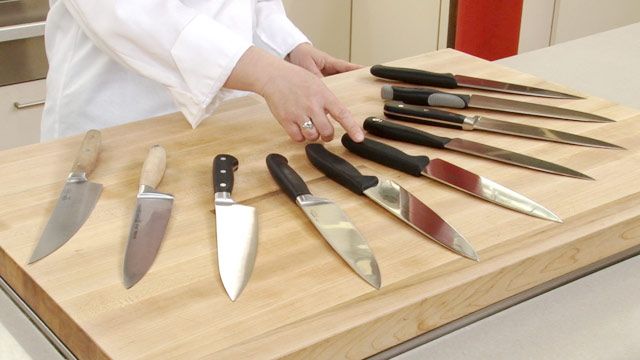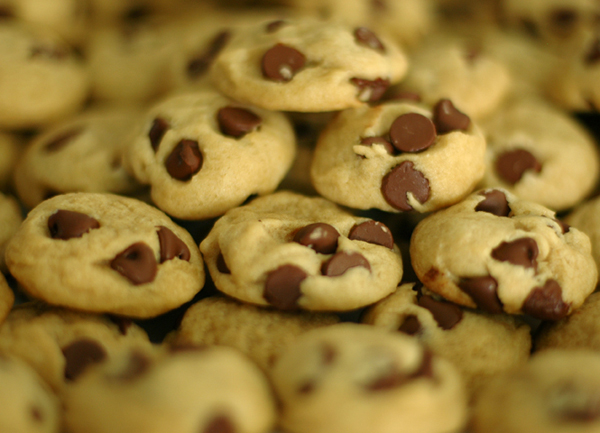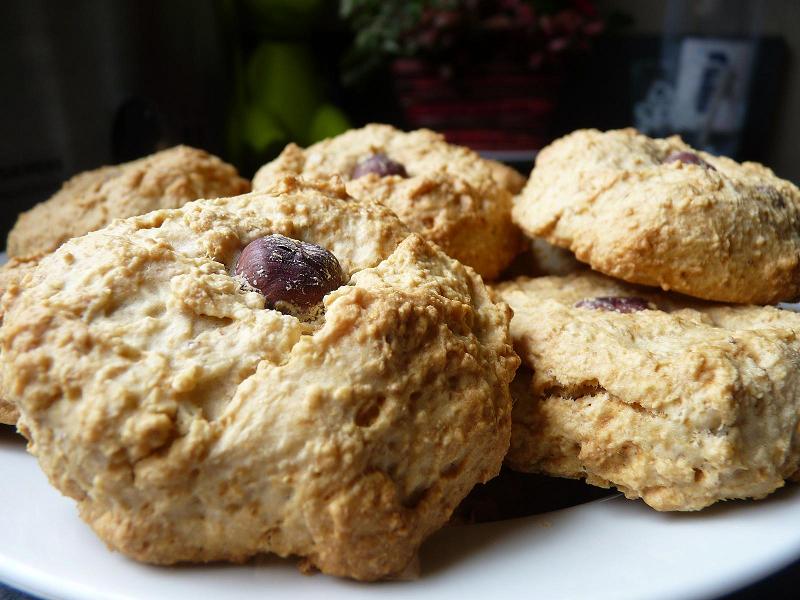There are hundreds of different tools a professional chef might use throughout the course of their work. However, there are many single-use devices that some chefs don’t like very much because they take up too much space. Many chefs, both professional and hobbyist, will tell you that the most important tool they have is a knife. The chef’s knife is the exact opposite of a single-use item. A good chef can use a knife for just about any purpose. A good knife in the hands of a talented chef can be used to slice, dice, chop, julienne, de-bone, butcher, and just about anything else that needs to be done to prepare food for serving. That is why chefs spend so much time taking good care of their knives. If you are looking for a new knife, you should know how to take care of them.
Cleaning the Knife
Cleaning your knife is very important. Depending on the heat and intensity of your automatic dishwasher, you might want to wash it by hand. Typically, a dishwashing machine is fine for a chef’s knife, but you should be sure to keep the knife dry. Intense heat and sustained moisture can warp the knife somewhat. You should use a normal dish detergent to wash your knife and then dry it with a towel. Also, don’t spend too much effort trying to clean the actual knife’s edge. The knife’s edge is so thin that any substance is unlikely to stick to it. It’s best to stay safe by just washing the flat of the blade. You should buy your cleaning supplies from a supplier of catering supplies in the UK. Catering tools are designed to be effective and easy to use.
Honing the Knife
There are two different tools you need for keeping your knife in good cutting condition: a sharpener and a steel. Many people mistake a steel for a sharpener. The knife steel is not actually for sharpening the knife. You should think of the edge of the blade as a blade of grass. As you use the knife, the blade tends to lie down sideways. The steel is used to straighten the edge of the blade so that it stands upright again and is more effective at cutting.
A dedicated cutter is important as well. The cutting edge of a knife works better the thinner it is. Since a very sharp knife’s edge is only a few microns thick, it can become blunted very easily. A knife sharpener grinds away metal from the edge to thin down the edge again. The most difficult part of sharpening a knife by hand is getting the proper angle. To remove the uncertainty about the angle, a professional knife sharpener has two pieces of whetstone at the proper angle. You simply need to place the knife into the sharpener, and pull it through the whetstones a few times. After that, you’ll have a very effective cutting edge.
Storing the Knife
Finally, you should store the knife in a knife block or on a knife rack. A magnetic knife rack is most preferable since it keeps the knife out of the way and keeps its dry.













